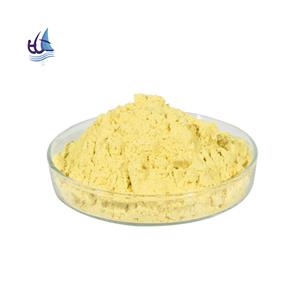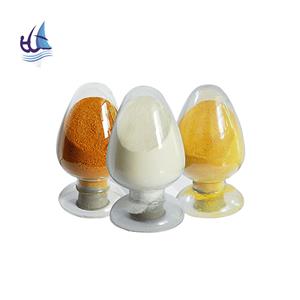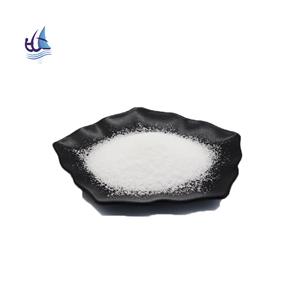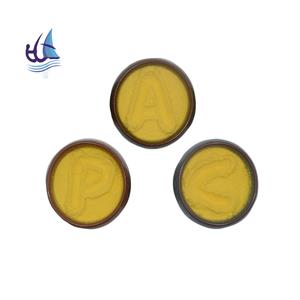Municipal Sewage with Polyacrylamide
Polyacrylamide pam for water treatment is a kind of polymer flocculant, which accounts for a large part of municipal water supply and drainage, and municipal Sewage pam is widely used in sewage treatment.
When treating urban sewage, the substances to be treated are mainly organic and solid substances based on BOD and COD, and the treatment methods are biological treatment methods such as activated sludge method and biological turntable method. Municipal Sewage pam is generally aimed at removing BOD(biochemical oxygen demand) substances.
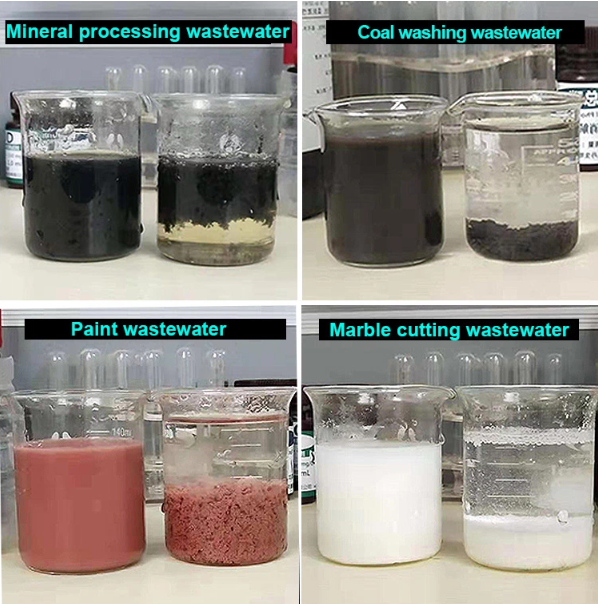
Advantages of sewagepolyacrylamide pam in the treatment of urban domestic sewage:
1. Improve water quality, remove chroma, organic matter, algae, reduce mutagenicity. Due to the effect of polyacrylamide, the turbidity of the effluent decreases obviously. Adding sewage polyacrylamide pam coagulant can effectively remove organic pollution and improve drinking water quality.
2. The removal rate of chroma increased by more than 10%, the removal rate of organic matter decreased by more than 46%, and the removal rate of algae increased by 163,335,426%. The mutagenicity of the effluent from the sedimentation tank decreased from strong positive to positive, which proved that the reduction of effluent turbidity removed a considerable amount of organic matter, thus improving the mutagenicity of the effluent.
3. Improve flocculation effect, overcome floc floating in dry season, save alum consumption and reduce water purification cost. Low temperature and low turbidity, the proportion of organic matter in water is greater than the turbidity component.
4. After adding 0.025-0.05 mg/L/L municipal Sewage pam, due to its huge adsorption surface area and excellent bridging ability of sewage polyacrylamide PAM, the volume, specific gravity and settling rate of the flocculant generated by the reaction increase, the settling capacity of the sedimentation tank increases rapidly, and the effluent turbidity decreases.

